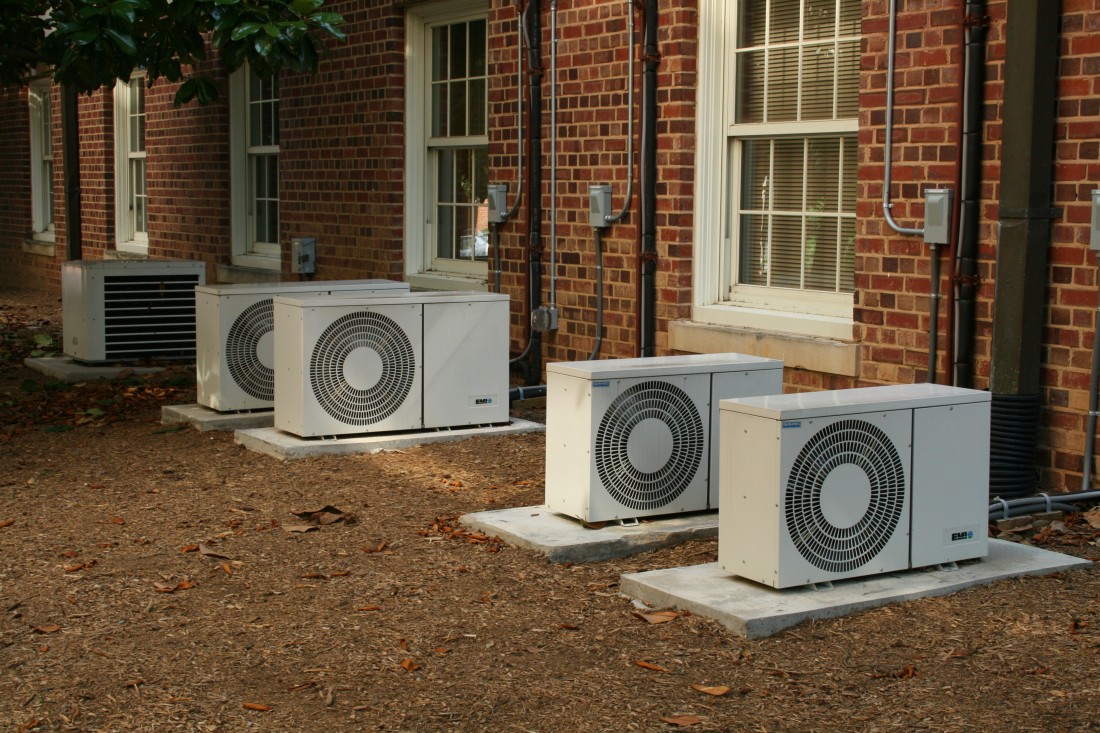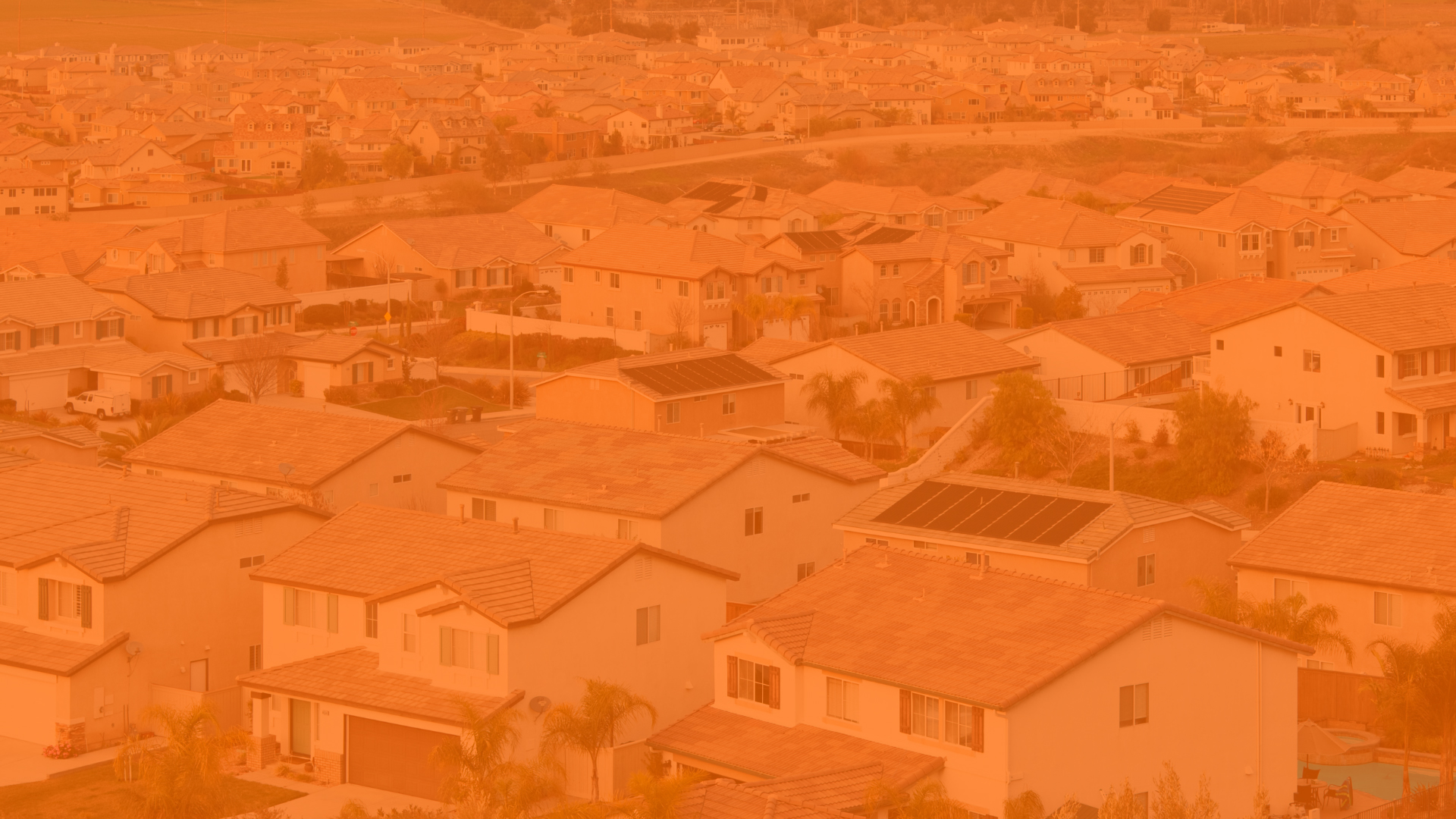
MERV Ratings and Air Filters
Today I’d like to talk a little about MERV Ratings and air filters. If you own an air conditioning unit, you may have heard the term “MERV” used before. It stands for “Minimum Efficiency Reporting Value.” In short, it rates the effectiveness of air filters and purifiers. The efficiency of an air filter plays a large role in many things, such as: one’s personal health, the cost of a utility bill, and of course, ventilation and air conditioning.
This system was devised by the ASHRAE, the American Society of Heating, Refrigeration, and Air Conditioning Engineers, and is used to simplify the effectiveness of an air filter for the common public. The larger the number, the more particles that filter removes from the air. It really depends on your location and what you need the air filter for.
Example – in a hospital, with the constant presence of germs and bacteria, it would be beneficial to have air filters with a high rating to control how much of these particles are filtered when air goes from room-to-room. In contrast, say a school building, there isn’t a large worry about germs and bacteria floating around, and the youth tend to have stronger immune systems. So an air filter with a lower rating would be acceptable, but it’s really up to the faculty.
Here’s a basic breakdown of the MERV Ratings, what they filter out, and where they would be typically used:
- 1-4; pollen, various dust, debris, and fibers; residential buildings
- 5-8; mold, spores, hair, and some chemicals; commercial buildings and industrial sites
- 9-12; auto emission, nebulizer droplets, lead dust; hospital labs or up-scale buildings/residencies
- 13-16; bacteria, germs, most smoke and insecticide dust; hospital and surgery areas
- 17-20; viruses, carbon dust, all smoke; electrical, manufacturing, and pharmaceutical rooms
So by looking at these ratings, you can judge what type of MERV Rating you want, depending on what type of building you’re purchasing air filters for. One thing to keep in mind though is higher is not always better. Yes, a higher MERV Rating filters out more, but it also lessens air flow and can put more pressure on the unit. This can lead to poor air quality, high utility bills, and in some cases, a damaged unit. In addition, the same problems can happen when you don’t change your air filter.
Because of this, you should change your air filters often. It doesn’t cost much, most people can do it themselves, and it’s better than needing to put in a service call because of poor maintenance. Most say to change air filters every 2-3 months for residential and commercial buildings to ensure the best air quality. Certain variables can call for more frequent changes, such as residencies with pets, smokers, or in locations with overall poor air quality.
Okay, we’ve covered MERV rating and the benefits of changing air filters for better air quality and longer-lasting air conditioning units. One last tidbit I’d like to point out is the brands S.O.S Air Conditioning offers during most of our installations: Flanders or NaturalAire. With ratings from 8-13, they are one of the best on the market today, and last up to 90 days before they need to be switched out. If you’re sending us your signal, take a look at some of Flanders/NaturalAire products so you have an idea of what kind of air filter you need installed.



No Comments